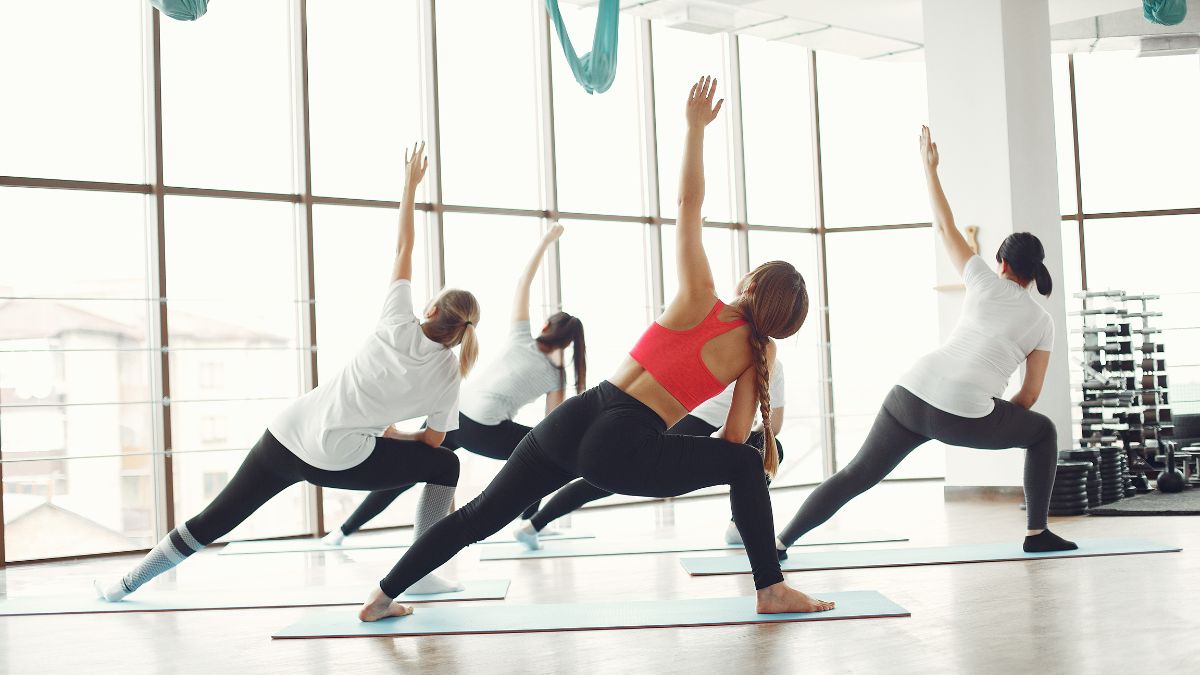
Advertisement
Embarking on a fitness journey involves more than just the exercises you choose; the timing of your workout can significantly impact your results. Whether you’re an early riser or a night owl, understanding the best time for workouts is crucial for maximising efficiency and achieving your fitness goals.
Here, we unveil the science behind the best workout timings and how you can tailor your fitness routine to sync with your body’s natural rhythms.
1. The Morning Advantage: Energize Your Day
The morning is often touted as an optimal time for workouts. Engaging in physical activity in the morning can kickstart your metabolism, providing an energy boost that lasts throughout the day. Morning workouts have been linked to enhanced mood, increased focus, and improved consistency in sticking to a fitness routine.
2. Afternoon Excellence: Capitalise on Peak Performance
For many individuals, the afternoon represents the sweet spot for physical performance. Research suggests that body temperature and muscle function tend to peak in the late afternoon, making this an ideal time for strength training and high-intensity workouts. Additionally, afternoon workouts can serve as a potent stress-reliever, helping you tackle the rest of your day with renewed vigour.
3. Evening Elevation: Efficiency and Injury Prevention
Contrary to the belief that late-night workouts can disrupt sleep, recent studies indicate that exercising in the evening may not adversely affect sleep quality. In fact, evening workouts can help with muscle recovery and flexibility. Moreover, if you’re aiming for performance improvements, some research suggests that strength and endurance can peak in the evening.
4. Consistency is Key: The Best Time is Your Time
While scientific findings provide insights into optimal workout times, the truth is, the best time for exercise ultimately depends on your individual preferences, schedule, and lifestyle. Consistency plays a vital role in achieving fitness goals, so choose a time that aligns with your routine and allows you to maintain a regular workout schedule.
5. Tailoring Your Routine: The Personalised Approach
Recognising that there’s no one-size-fits-all answer, consider personal factors such as your chronotype (whether you’re a morning or evening person), daily commitments, and overall energy levels. Experiment with different workout times and observe when you feel most invigorated and motivated to exercise.
The best time for workouts is a subjective matter influenced by individual factors. Whether you embrace the energy of early mornings, harness the peak performance of afternoons, or unwind with evening exercises, the key is to align your fitness routine with your lifestyle. Ultimately, the best time for a workout is the time that suits you, ensuring a consistent and enjoyable journey toward a healthier, fitter you.
